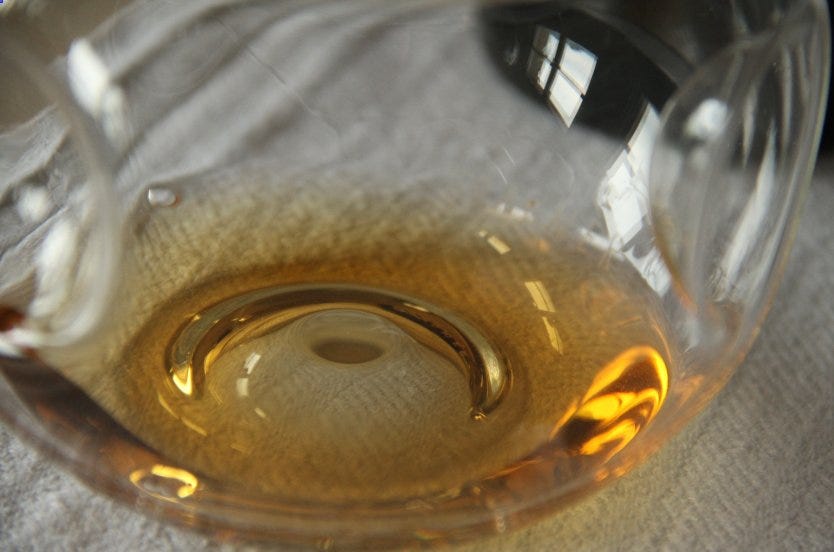Orange wines - Significant or not?

This is the title of a workshop I presented at Vinisud on 25th Feb 2014. This introduction was designed for people planning to attend, as well as Orange wines fans who just want to know more.
What's in a name?
First, some nomenclature: The term "Orange wines" is a crude descriptor, however it's concise and evocative, which is why people like it. "White …
Keep reading with a 7-day free trial
Subscribe to The Morning Claret to keep reading this post and get 7 days of free access to the full post archives.



